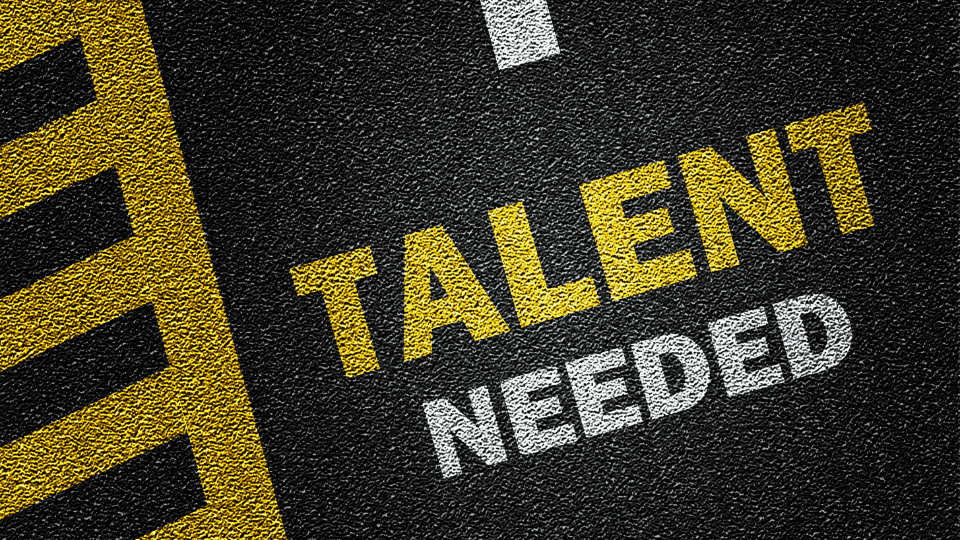Forecasting Future Talent Needs in the Aerospace Industry

The aerospace industry is entering a transformative decade—marked by the convergence of emerging technologies, geopolitical shifts, and a rapidly aging workforce. According to the U.S. Bureau of Labor Statistics – Aerospace Job Outlook, many critical aerospace occupations are projected to grow steadily through 2032, while a significant percentage of current engineers and technicians are nearing retirement. The result? A tightening talent pipeline at a time when demand is only increasing.
In this blog, we’ll explore how companies across aerospace manufacturing, MRO (Maintenance, Repair, and Overhaul), and defense sectors can proactively forecast future talent needs. From understanding workforce trends to building agile recruitment strategies and investing in talent pipelines, we’ll outline key steps to future-proof your aerospace workforce.
Why Forecasting Aerospace Talent Needs Matters
Aerospace workforce planning is no longer optional—it’s mission-critical. Several factors are converging to reshape the labor landscape:
Aging workforce: Many aerospace engineers and technicians hired in the 1980s and ’90s are retiring, creating a growing experience gap.
Defense contracts and government funding: Surge demand for defense and space projects increases the need for security-cleared, specialized talent.
Technological disruption: AI, automation, and additive manufacturing are redefining job roles and required skill sets.
Global competition: Companies now compete for talent on a global scale, making proactive planning essential.
Without a clear understanding of future workforce requirements, aerospace employers risk delayed projects, compliance issues, and lost competitive edge.
Emerging Roles and Skills in Aerospace
As the industry evolves, so do the roles and skills required to support innovation and growth. According to [Aerospace Recruitment Trends 2025], employers are increasingly seeking candidates with hybrid capabilities—technical, digital, and soft skills combined.
Emerging roles include:
Cybersecurity specialists for aircraft systems and defense platforms
Unmanned Aerial Vehicle (UAV) technicians for commercial and military applications
Sustainability engineers focused on reducing emissions and improving efficiency
AI and automation specialists to develop smart manufacturing systems
Traditional roles are also evolving, with increased demand for:
Composite technicians with knowledge in new lightweight materials
Systems engineers adept in integrated avionics and digital twin technologies
Recognizing these shifts allows companies to align recruitment and training programs with future talent needs.
How to Assess Your Future Workforce Gaps
The first step in future-ready planning is identifying where your talent shortages will be. This can be done through a combination of:
Workforce audits: Evaluate current roles, retirement timelines, and skills inventory.
Succession planning: Identify critical roles and ensure there’s a pipeline of ready talent.
Industry intelligence: Monitor market reports and policy updates to anticipate labor trends.
Regular assessments help pinpoint specific gaps—whether in emerging tech skills or leadership succession—so you can act before it’s urgent.
Building a Future-Ready Recruitment Strategy
With shifting workforce demands, aerospace firms need more agile and forward-thinking hiring approaches. A smart strategy includes:
Partnering with aerospace staffing agencies: Experts in aviation recruitment can quickly source specialized talent and fill high-priority roles.
Flexible hiring models: Consider contract-to-hire, project-based staffing, or interim executives to stay responsive in fast-changing conditions.
Employer branding: Position your company as an innovator and career-builder in the aerospace sector.
For more tips, see our post on [How to Attract Top Aerospace Talent].
Investing in Training and Pipeline Development
One of the most effective long-term solutions to aerospace talent shortages is growing your own talent. Key strategies include:
Apprenticeship programs: Collaborate with technical schools or community colleges to train the next generation of aerospace workers.
Upskilling and cross-training: Enable existing employees to transition into new or critical roles through structured training.
Partnerships with aviation schools and associations: Stay aligned with academic curricula and ensure students are workforce-ready upon graduation.
Organizations like the AIA Workforce Policy & Resources provide guidance on policy initiatives and partnerships that support sustainable pipeline development.
For a deeper dive into the business case for training investments, read [The ROI of Partnering with an Aviation Staffing Firm].
Conclusion: Plan Now, Lead Tomorrow
The aerospace industry is at a pivotal juncture—technologically advanced, globally competitive, and facing unprecedented workforce shifts. Forecasting talent needs is no longer about filling positions; it’s about securing the future of your organization.
As a strategic partner to aerospace and defense employers, our staffing firm helps you navigate change with confidence—connecting you to the right talent, at the right time, in the right roles.
Let’s build your next-gen aerospace team—contact us for a workforce strategy consultation.
